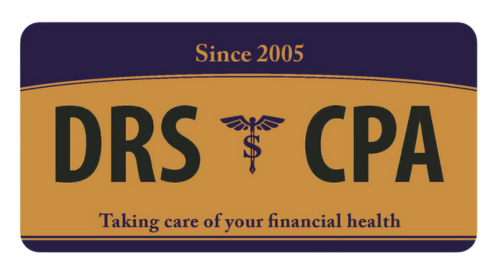When planning your estate, it’s important to understand the difference between probate and non-probate assets. Knowing how your assets are classified can help ensure your wishes are carried out smoothly and efficiently—and may even help your loved ones avoid unnecessary delays and expenses.

Lets Discuss Probate A Little Bit
What Are Probate Assets?
Probate assets are those that must go through the legal probate process before they can be transferred to your beneficiaries. These include:
- Property owned solely in your name (e.g., a house or car)
- Personal items like jewelry or furniture
- Bank accounts without a named beneficiary
- Investments not held in a trust or joint ownership
Probate can be time-consuming and may involve court fees and public disclosure of your estate.
What Are Non-Probate Assets?
Non-probate assets, on the other hand, pass directly to beneficiaries without going through probate. Common examples include:
- Jointly owned property with rights of survivorship
- Retirement accounts with a designated beneficiary (e.g., IRAs, 401(k)s)
- Life insurance policies with named beneficiaries
- Assets held in a properly funded trust
- Payable-on-death (POD) or transfer-on-death (TOD) accounts
Properly designating beneficiaries and titling your assets can make a big difference in how your estate is handled.
Why This Matters
By understanding how your assets will be treated after death, you can take steps now to:
- Minimize the probate process
- Avoid unnecessary costs and delays for your family
- Ensure your assets go exactly where you intend
Estate planning isn’t just for the wealthy—it’s a smart move for anyone who wants to protect their legacy and their loved ones.
If you have any follow up questions, please do feel free to let us know.
